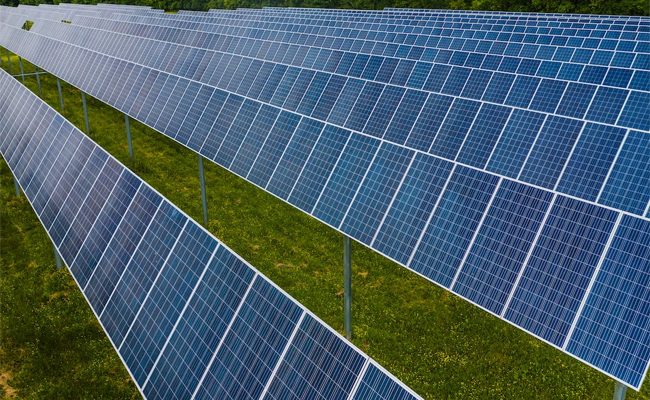
Most homeowners and businesses install solar photovoltaic (PV) panels to save money. The ability to generate their electricity on-site reduces their reliance on expensive (and dirty) grid electricity.
The problem is that solar panels can start underperforming for any number of reasons, and you may not realize anything is wrong until your next utility bill statement. To further complicate matters, many solar customers move from monthly billing to quarterly or annual statements instead, which makes it even harder to detect problems early.
This is where solar monitoring comes into play.
Solar Monitoring — a Quick Definition
Solar PV panels run quietly in the background to convert sunshine into clean electricity. In fact, this silence is just one of many advantages that solar has over more traditional, on-site energy technologies such as diesel generators. PV panels are also more environmentally friendly, suffer less wear and tear, and don’t require constant refueling.
However, this silence also creates a problem.
It’s hard to know if and when your solar panels are generating power. Although modern PV panels are incredibly resilient, issues such as cracks, dust, pollen, short circuits and faulty wiring can cause your solar installation to underperform or stop working altogether.
However, with monitoring technology in place, you can see in real time how much:
- Solar power your PV system is feeding into your home (i.e., self-consumption)
- Solar power your system is sending into the grid (under net metering programs)
- Utility electricity you’re taking from the grid (during cloudy days or at night)
How Does Solar Monitoring Technology Work
Although every solar energy monitoring system is slightly different, most solutions establish a wireless connection between your PV installation’s solar inverter and your home’s or businesses’ Wi-Fi router. This connection allows your inverter to report your solar production and consumption stats in realtime.
In most cases, you can check these numbers from a dedicated mobile app or online dashboard accessible from any web browser. In addition, many solar installers offer to monitor your system remotely — ready to intervene if and when there’s a problem.
What Are the Advantages of Solar Monitoring?
The most obvious benefit is that you can occasionally check your consumption and production stats to see whether your PV system is performing as expected. If your solar panels aren’t generating their normal amount of power on a sunny day, for example, you can immediately call your installer or repair team to investigate.
Some solar monitoring platforms even send automatic alerts if the PV system’s output falls below a certain threshold. Note that this baseline is normally an average since solar power production varies significantly throughout the day and year:
- Summertime solar production is usually higher than in the winter
- Sunnier days generate more solar power than overcast days
The sooner you catch potential problems in your PV system, the sooner you can intervene and safeguard your savings. Plus, tiny issues have a way of mushrooming into much larger (and more expensive) repairs when left unattended.
However, emergency intervention isn’t the only benefit of solar monitoring.
For example, checking your PV production and consumption numbers allows you to adjust your habits accordingly. It’s not uncommon for solar customers to install smart plugs and timers. With these devices, homeowners can schedule their most energy-hungry appliances to run during the sunniest portions of the day. This way, they don’t have to pay for grid electricity to power water heaters, washing machines and other daytime appliances.
Should I Use Solar Monitoring With My PV System?
In a word, “yes.” Solar monitoring used to be an expensive add-on. However, it’s becoming an increasingly common feature that comes standard with new solar installations. Because the technology allows you to protect your multi-decade clean energy investment, it is usually worth paying out-of-pocket to retroactively outfit existing PV installations with solar monitoring as well.
Moreover, many solutions feature a lot more than real-time production stats. Depending on your solar monitoring platform, you may be able to check daily, monthly and even lifetime solar production numbers. This allows you to compare your PV system’s performance from one year to the next.
Stay in the Loop
Although solar monitoring is completely voluntary, including this option is one of the easiest ways to protect the long-term dividends of your PV investment. Remember that most people go solar to save money and reduce their carbon footprint. However, because PV technology is 100% silent, you may not realize anything is wrong until you receive your next utility statement. By that time, you might have forfeited many weeks or months of financial and environmental savings.
Besides, there is something inherently satisfying about watching your solar installation save you money in real-time. Every kilowatt-hour of clean energy sent into your home or business reduces your monthly, quarterly or annual utility bill by a corresponding kilowatt-hour of expensive grid electricity.
Leave a Reply